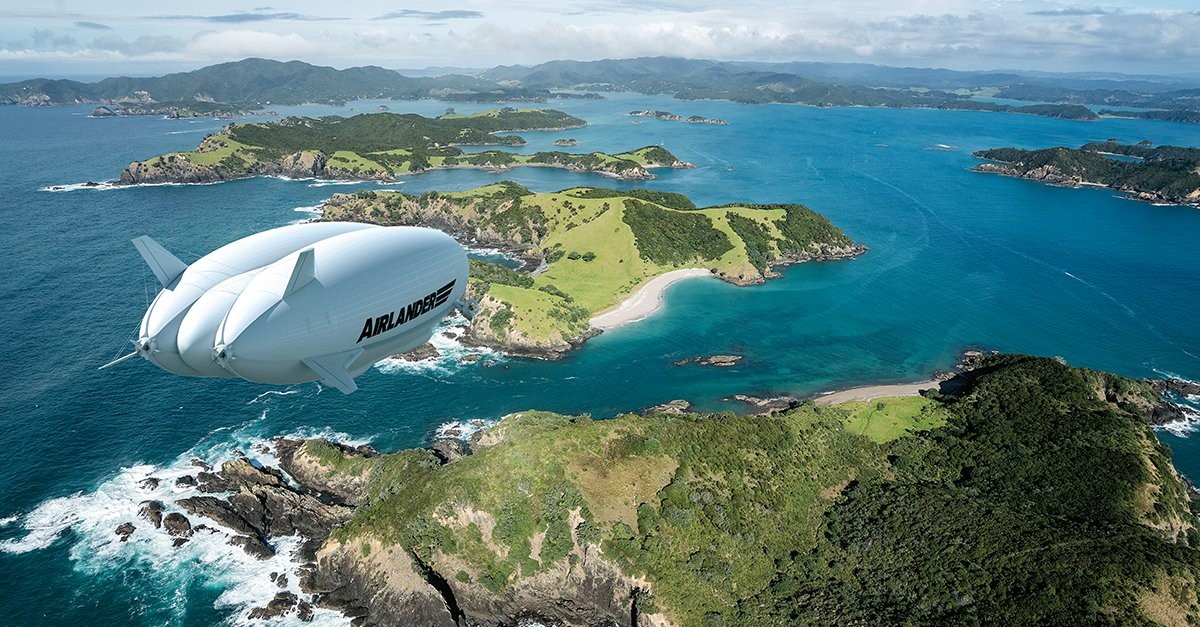
The Operational Energy Capability Improvement Fund (OECIF) in the US Department of Defense’s Operational Energy Office has announced funding for the Zero Carbon Logistics Support Via Hybrid Aircraft Vehicles (HAV) project, to move to the next stage in considering the use of Hybrid Air Vehicles (HAV) can provide logistical support to the U.S. Navy and Marine Corps conducting operations across the Pacific and other contested and distributed environments.
According to an HAV press release:
“This ground-breaking collaboration between the U.S. Indo-Pacific Command and HAV can enhance logistics, Intelligence, Surveillance and Reconnaissance (ISR) operations, and communications in the Pacific.
“The project leverages commercial innovation to adopt and adapt commercial sustainable aviation technology, change operational concepts, and address logistical capability gaps. The lack of existing infrastructure within INDOPACOM limits current asset flexibility for inter/intra-theater lift, where access to deep water ports and airfields to accommodate appropriate aircraft is limited. With no need for ports or runways, Airlander aircraft can land on any reasonably flat surface, providing much-needed mobility resilience and flexibility in support of distributed maritime operations and expeditionary warfighting.”
In August 2021, HAV and NPS signed a three-year Cooperative Research and Development Agreement (CRADA) that enabled US Marine Corps researchers to explore the potential impact of civilian hybrid aircraft technologies and evaluate the potential to adapt Airlander for U.S. Marine Corps-led scenarios and multiple geographies as well as both logistics and mobility applications.
“NPS’ Modeling Virtual Environments and Simulation (MOVES) Institute partnered with the Energy Academic Group to analyze the Airlander 10’s potential for surface surveillance missions in the Arctic Ocean,” said the press release. “The collaboration resulted in the development of a virtual reality view of defense-unique missions using hybrid aircraft.
“The MOVES Institute is continuing this research, using the Airlander 10 concept for EABO and Littoral Operations in a Contested Environment (LOCE) modeling, which is crucial for ideating new concepts and examining how new technologies integrate with existing infrastructure. The MOVES Institute is planning to model other environments for HAV to showcase hybrid aircraft capabilities in both the civilian and defense sectors.”
For more information
https://oecif.org/

